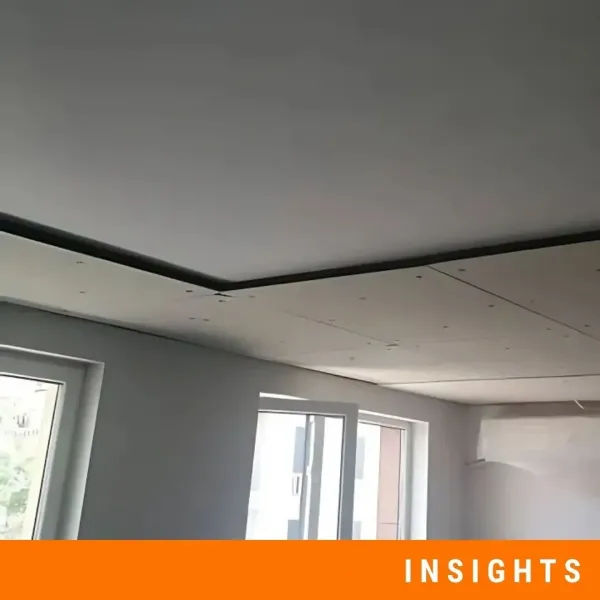Vibro Isolation Considerations in Sustainable Building Design
There is an invisible force that can undermine any effort to build a greener, smarter, more profitable building. Everybody can feel it, and if it gets too powerful, we can even hear it. And yet its effects are often underestimated.
If you want to build a smarter building or buy one of its spaces, you need a better understanding of Vibration. It travels through walls, floors, and ceilings, taking away from the comfort, efficiency, and long-term value of even the most advanced developments. It is just not smart to ignore it.
Structural vibration affects how a building performs, ages, and feels. There are many sources of this unwanted force: the hum of rooftop HVACs, the rumble of traffic below, or the low thud of footsteps above.
In an increasingly competitive property market, how a space feels can be the difference between a signature and a walk-away.
The Overlooked Force Shaping Building Performance
Every building vibrates. Mechanical movements create structural vibration that travels invisibly through the whole building. Much like hitting the strings of a guitar makes the body of the instrument vibrate. Only it’s concrete and steel. Every building has a “melody”, and it’s the builder's job to make it harmonic and pleasant instead of distorted and noisy.
In most sustainability plans, vibration doesn’t even make the checklist. Other things like energy efficiency, thermal performance, and carbon footprint are discussed much more. But tremors that affect how a building functions, ages, and feels? Rarely.
We don’t want to sound too gloomy. Things are changing. It takes a considerable dedication to educate people on the significance of controlling sound and noise. And every successful project we do is a proving step towards establishing soundproofing and acoustics in their rightful place - the planning phase of any building and space.
What Causes Structural Vibration?
Vibration in buildings typically comes from predictable sources:
- Mechanical systems like elevators, rooftop chillers, and pumps
- Footfall and movement in stairwells or communal corridors
- External traffic: roads, trams, and underground train lines
- Construction activity nearby during or post-build
- Shared utilities in mixed-use or high-rise developments
What starts as a small, routine hum in one zone can become a widespread structural issue over time.
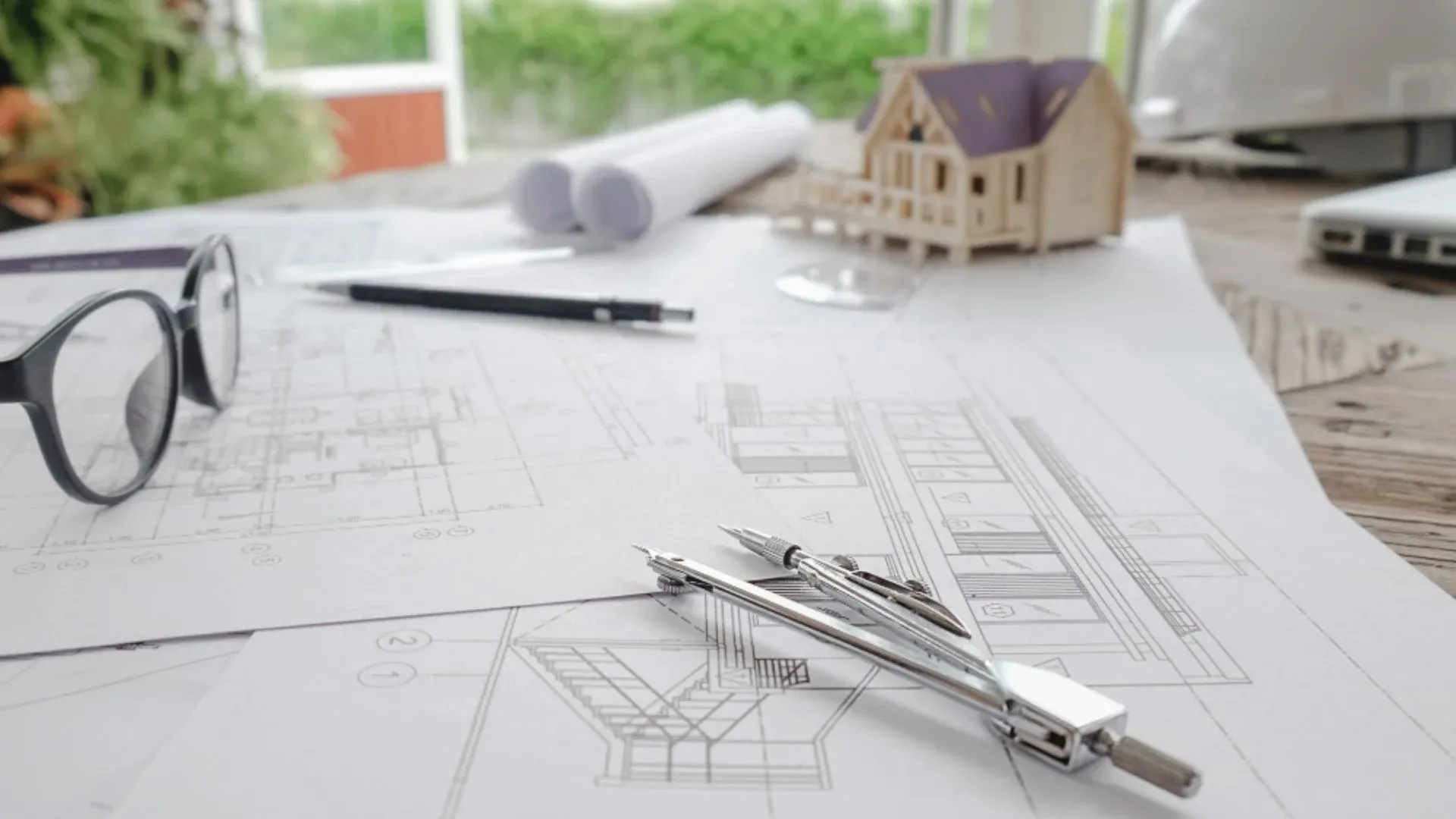
Why It’s Left Out
Vibration is easy to dismiss only during the early-stage design when everything looks solid on paper. Once you feel it, it is often too late. Vibrations ripple through the structure, amplifying over spans, causing discomfort, and reducing the privacy buyers expect in premium residential and office spaces.
Unlike energy ratings or solar panels, vibration isolation doesn’t get a sticker on the window. Yet. Regardless of how much architects and builders recognise it, it has a direct influence on:
- Occupant wellbeing: Continual low-frequency vibration causes fatigue, headaches, and irritation. This problem is exacerbated in high-density living.
- Space usability: Excessive vibration in an office or apartment near lifts or mechanical rooms can render that space harder to rent or sell.
- Material lifespan: Repetitive mechanical movement accelerates micro-damage in finishes, joints, and structural connections. Pushing building managers towards reactive maintenance, rather than the far smarter approach of proactive maintenance. Prepare for issues before they happen. Leading to lower costs in the long term.
We can make a bold resemblance between the wine industry and construction - they both want to see their product age well. Buildings can preserve their quality like a fine wine if there are more and better considerations in the planning process.
Being energy efficient, lowering construction costs, and reducing the carbon footprint are at the same level as ensuring occupant comfort. In the end, buildings are built for people, not only for profit, and to take a place in the city skyline.
Vibrations Are Unsustainable
Was that a small earthquake? No, it was a heavy vehicle down on the street. We have heard that, and many of us have even felt that. Uncontrolled vibrations kill the vibe of a building. Even if that was a catchy pun, this is no laughing matter. It’s easy to write off vibration just as a comfort issue.
These annoyances are early warnings of inefficiency and waste. Left unaddressed, vibration undermines core principles of sustainable design. How smart can a building really be if it shakes from foot traffic?
How Structural Vibrations Undermine Building Performance
When vibration energy travels through a building’s load-bearing elements, it transforms those elements into secondary radiators of sound. This is especially problematic in concrete or steel structures where rigid connections transmit both airborne and structure-borne noise.
Without vibration isolation, the acoustic separation between apartments, offices, or different zones within the spaces is broken. And that impacts everything from sleep quality to concentration to perceived property value.
- Sound Leakage: Sound can leak through even the smallest of holes, much like water. Vibrations don’t even need a hole. They turn structural elements like walls and floors into unintended loudspeakers. What should be silent becomes a carrier for airborne and impact sound.
- HVAC Inefficiency: Vibration from ductwork, fans, or compressors introduces mechanical stress and disrupts performance over time. Without decoupling measures, this vibratory energy transfers to the structure and back into the HVAC system itself. Systems have to work harder to compensate for misalignment or wear, leading to higher energy consumption. Over time, the system compensates through more frequent cycling or increased output, driving up electricity costs.
- Material Fatigue and Maintenance: Can modern buildings withstand the passage of time like the Great Pyramids? Possibly, but first, builders need to understand how vibrations age a building. Constant micro-movement degrades plasterboard joints, ceiling connections, façade panels, and flooring adhesives. The result? Cracking, loosening, and early deterioration. With it, a rise in repair cycles, operational carbon, and cost.
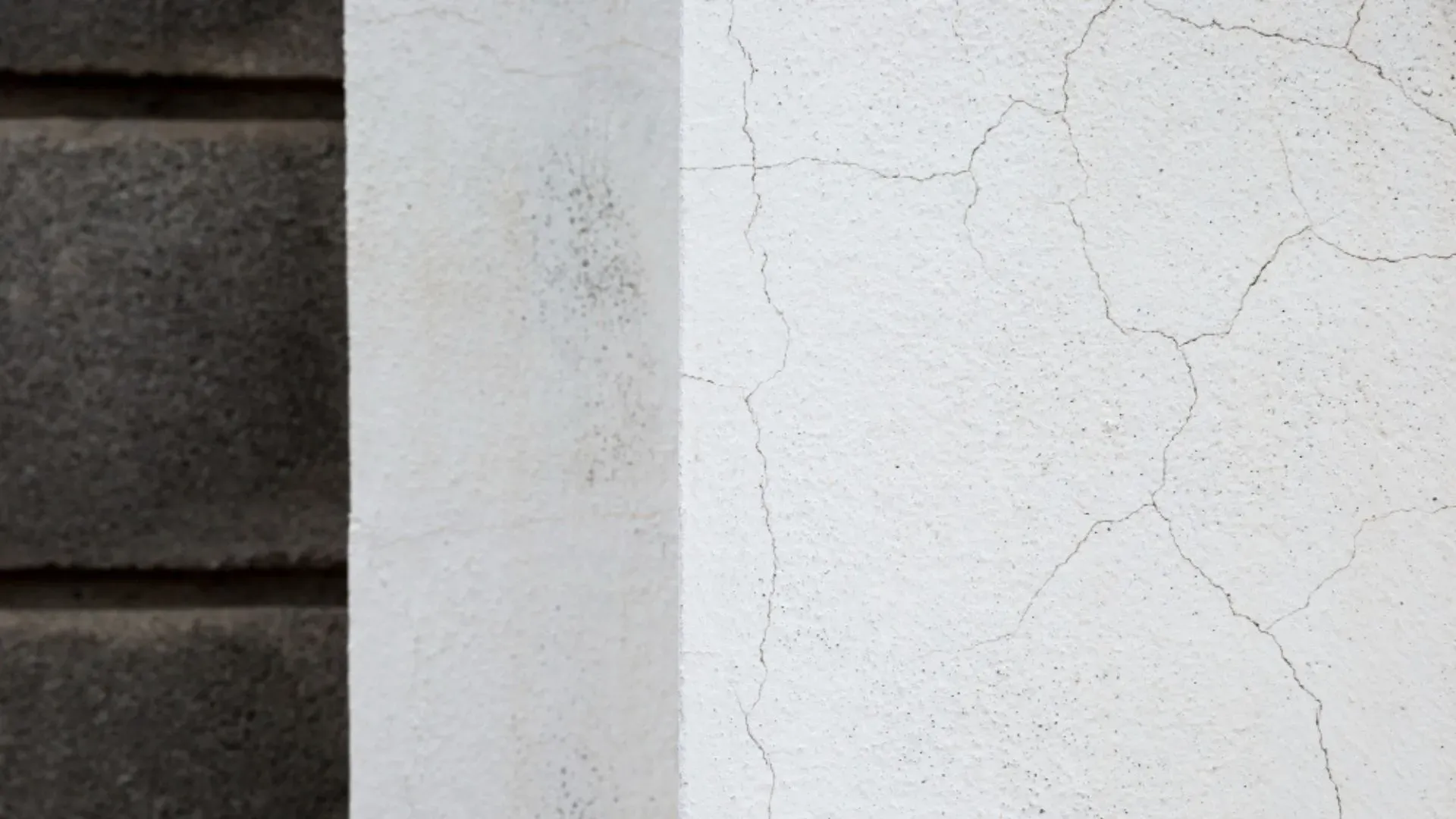
The Sustainability Link: Efficiency Breeds Longevity
A sustainable building is one that lasts. Not just in structure, but in performance. Every time a component is replaced or repaired due to vibration-induced failure, that’s energy, material, and labour re-invested. It’s embodied carbon repeated.
Vibration isolation helps preserve:
- The integrity of finishes and construction joints. Over time, buildings without proper vibration isolation tend to show early signs of wear. Not because the materials are weak, but because they were never meant to flex or oscillate constantly.
- The efficiency of building systems like HVAC. Higher energy consumption, more frequent breakdowns, and costly maintenance. Isolating these systems with resilient mounts or spring supports helps maintain peak performance.
- The perceived quality of the property for end users. When vibration is controlled, a space feels more stable, secure, and acoustically insulated. All traits that elevate the perceived value of a property. This becomes a selling point that justifies a better margin.
The absence of vibration contributes directly to the core sustainability values: durability, performance, and comfort.
Getting It Right from the Start: Early Planning
Most often, the thought pattern is that if the builders choose strong and appropriate materials, the construction will be stable. And yes, proper materials are a given for stability and longevity. What causes most structural problems is late decisions.
Vibration isolation is not a plug-in solution. It needs to be embedded in the very bones of a building, at the point where architecture, structure, and acoustics first meet.
Unfortunately, in many projects, vibration control comes as an afterthought. Buildings need to be treated as living environments because they have movement in them, they age, and they experience life through the people in them. Architectural blueprints, documents, tables, plans - all that can trick construction companies into thinking a building is a sterile object.
Smart design and new technologies allow and even demand more considerations in the initial planning phases. It is not a futuristic idea to create a simulation of how a building will be exploited before even the first kilogram of concrete is poured.
Let’s compare retrofitting solutions to including them as early as possible:
|
Retrofitted Vibration Control |
Integrated from the Design Phase |
|
Requires partial demolition or invasive alterations |
Achieves isolation without structural compromise |
|
Often limited by what’s already been built |
Accommodates floating floors, mounts, and isolators |
|
Results in cost overruns and tenant disruption |
Keeps costs lower through proper coordination |
|
It may solve one problem, but create another |
Balances acoustics with HVAC, structure, and MEPs |
Design Phase = Control Phase
When vibration isolation is considered early, it allows for:
- Proper load calculations for floating floors and isolator placement
- Coordination between slab thickness, structural stiffness, and acoustic mass requirements
- Isolation breaks in critical structural connections (lift shafts, mechanical rooms)
- Predictive simulation of how vibrations will travel through the building's skeleton
This is where the acoustic consultant becomes crucial. Not a post-build troubleshooter, but a design-phase partner who can model outcomes and pre-empt risks.
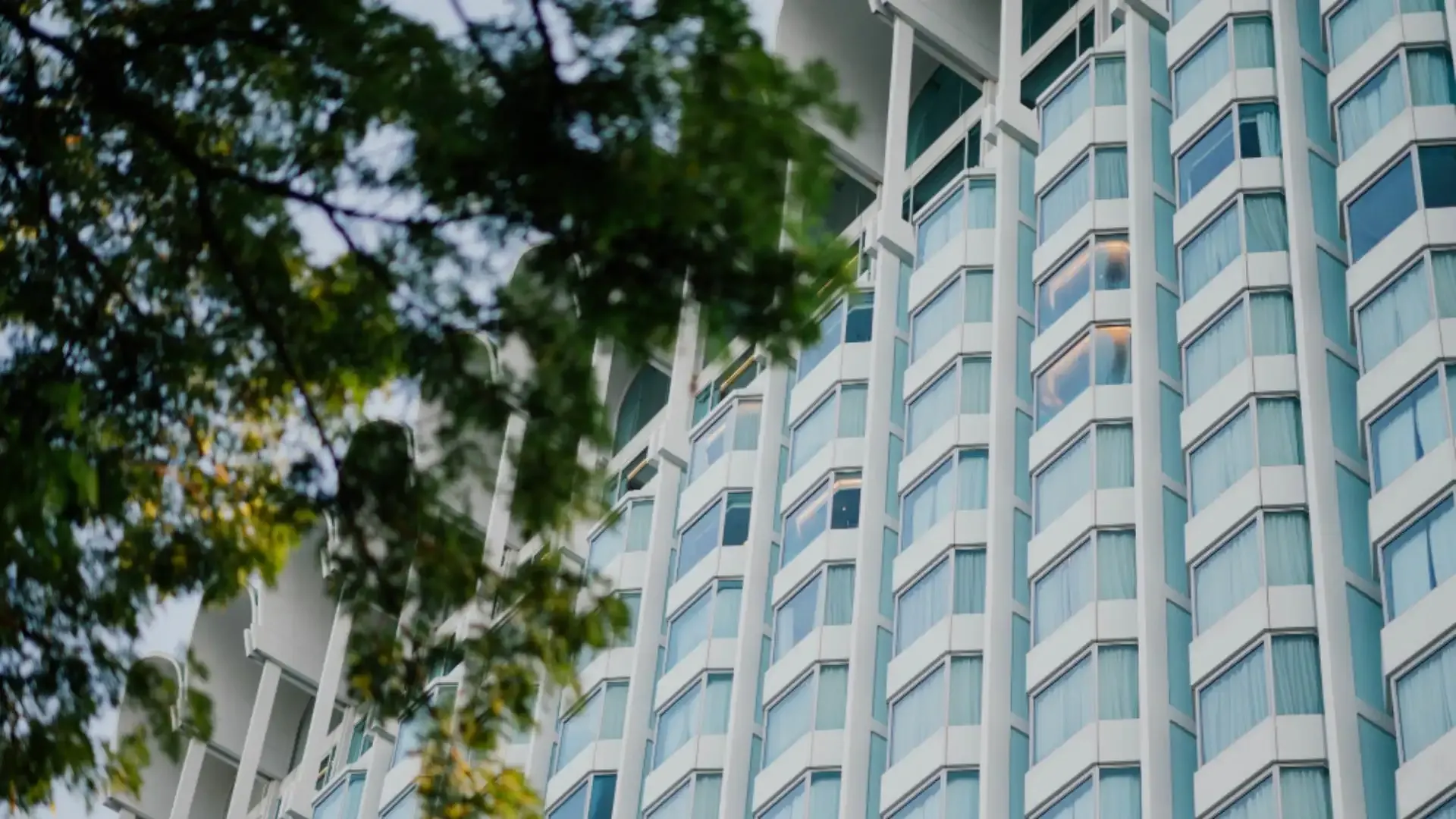
A premium office building in Eastern Europe delayed bringing in acoustic consultants until after MEP systems were installed. The rooftop chiller plant transferred low-frequency vibration into the top-floor meeting rooms below it. Retrofitting rubber isolators into the structure costs 4x more than if floating pads like Vibro EP had been installed at the slab level during construction.
What’s the lesson? Sustainability is not just about what materials you use. It’s about how early you make the decisions that will protect those materials, systems, and experiences over decades of use. Again: Smart buildings are built by smart companies.
The Role of Vibration Isolation in Green Building Certifications
Energy usage and water efficiency are only a part of the overall sustainability checklist. Today’s most respected green building certifications are redefining what a high-performing building means. That includes how it feels to live and work in.
Acoustic and Vibration Performance Is on the Radar
Green certification frameworks increasingly recognise vibration control as part of a building’s overall wellness and comfort strategy:
- LEED (Leadership in Energy and Environmental Design): Under the Indoor Environmental Quality (IEQ) category, LEED awards points for acoustic performance. Excessive low-frequency noise (often caused by vibration from mechanical systems) undermines this performance. Vibration control contributes by stabilising HVAC efficiency and minimising structure-borne noise.
- WELL Building Standard: The Comfort and Mind categories address occupant well-being, requiring a reduction of background noise and structural vibration. WELL v2 specifically encourages “mechanical vibration mitigation”, recognising that even imperceptible structural tremors can affect focus, stress, and sleep quality.
- BREEAM (Building Research Establishment Environmental Assessment Method): Acoustic performance is covered under the Health and Wellbeing section. Projects are expected to demonstrate compliance with set thresholds for airborne, impact, and reverberation control. All of which can be compromised by untreated vibration.
Certification Is More Than a Plaque on the Wall
Beyond technical compliance, green certification has become a business expectation. Investors, tenants, and municipalities are pushing for buildings that not only operate efficiently but also provide long-term comfort.
Regulators are tightening requirements. Urban planning authorities now expect acoustic impact assessments to cover not just decibels but also structure-borne vibration pathways.
Occupants are becoming savvier. Office tenants and residential buyers ask how a space will handle noise from lifts, rooftop chillers, or footfall on shared floors.
Property builders feel the squeeze. Without strong comfort metrics, buildings risk losing their competitive edge in the eyes of both ESG investors and future buyers.
In this landscape, vibration isolation becomes more than a nice-to-have. It becomes an investment in compliance, marketability, and long-term operational performance.

Why Builders Should Care About Vibration Control
In the business of building, perception and performance are equally valuable. Structural vibration control quietly serves both.
Premium developments are no longer judged solely by square footage or surface materials. Discerning buyers and tenants notice how a space feels. Does it carry footsteps across the room? Do lift systems rumble through the floors? These seemingly small signals determine whether a building feels high-end or hollow. Vibration control makes spaces feel solid, stable, and worth the investment.
Compliance can influence funding, planning approvals, and marketability, especially in public-private developments or sustainability-linked finance.
There’s also the quiet but critical value of occupant retention. People stay longer in spaces that feel calm and considered. Fewer complaints, lower turnover, and stronger tenant satisfaction translate directly into operational stability and brand image for the construction company.
And finally, vibration control is risk control. Sound and vibration complaints are among the most persistent and costly issues in multi-storey living and office blocks.
Silence is strategic.
Get in touch and plan your building in a truly smart way!
LATEST BLOGS
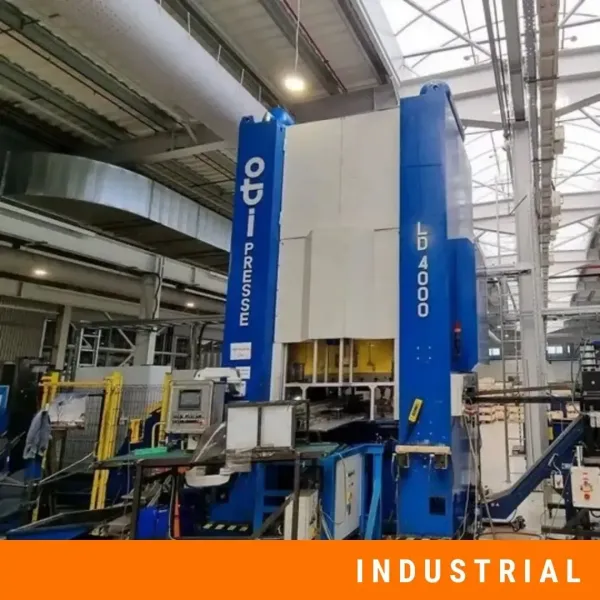
21.10.2025 How to Improve Factory Efficiency in Industry 4.0? Noise control!
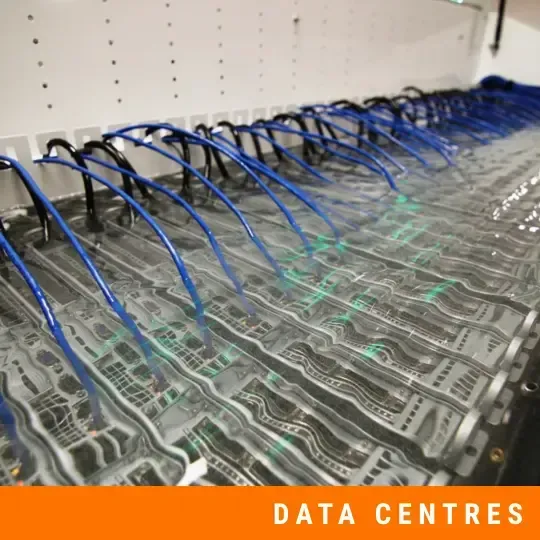
17.10.2025 Soundproofing Data Centres in the Era of Liquid Cooling

10.10.2025 Beginner's Guide to Acoustics: 10 Key Terms Explained
